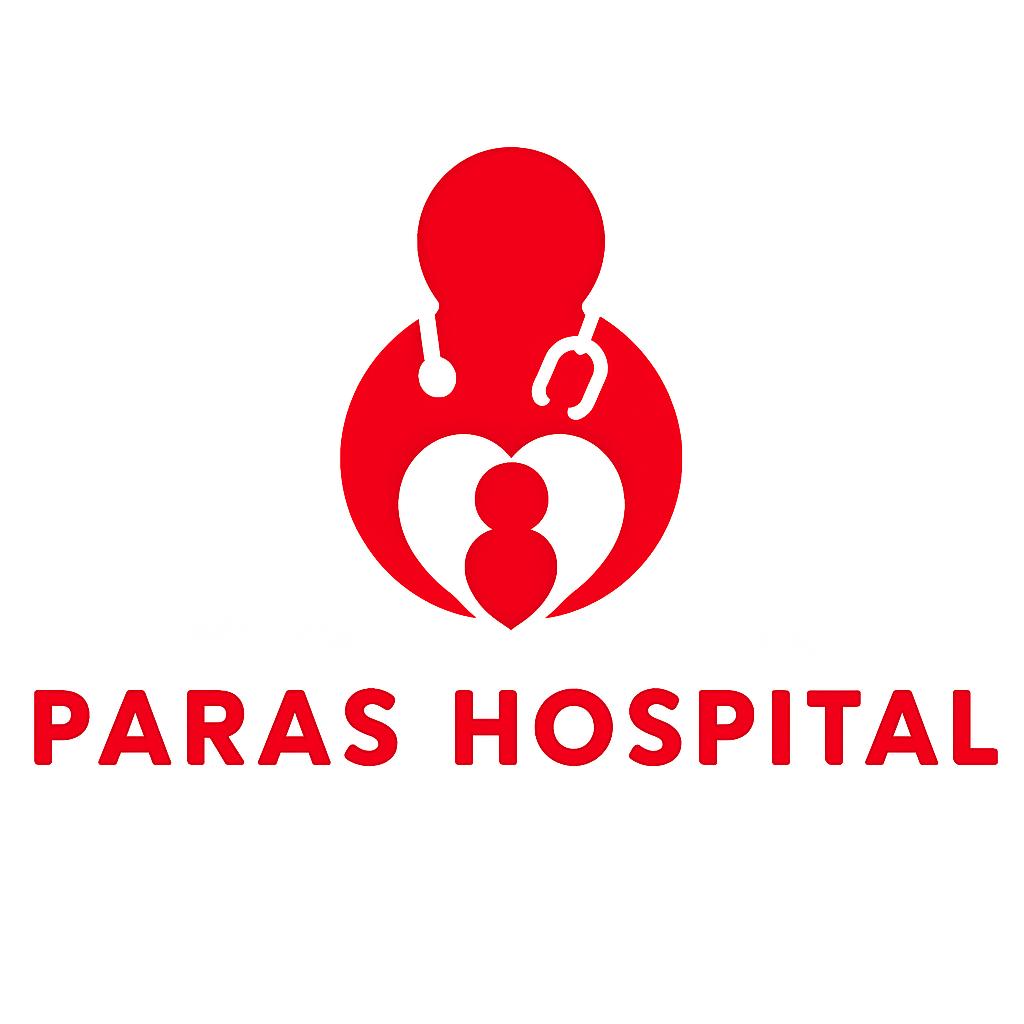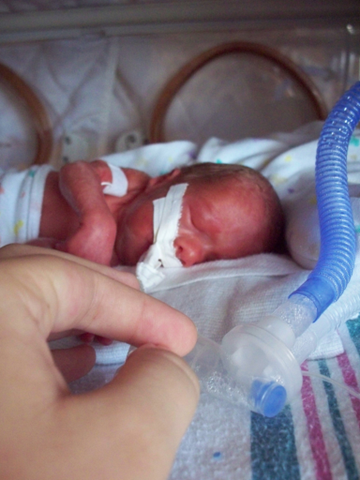Neonatal infections are a critical concern as these occur when a newborn baby, within its first 28 days of life, battles an infection. Parents must be vigilant in this phase, ready to detect subtle signs of distress and illness. These infections can be serious, sometimes leading to long-term health issues. Thus, understanding early signs and causes is essential. Here, we delve into the symptoms to watch for, potential causes of infection in infants, and the best preventive strategies. With this knowledge, parents can make informed decisions for their infants’ health.
Comprehending Neonatal Infections
Neonatal infections attack the tiniest children when they are most vulnerable. These occur in babies in the first month of life and can greatly impact a child’s development. Infection in infants can be severe, affecting critical parts of their body, like the brain or lungs, leading to serious health problems.
There are two main types of sepsis, or widespread infection, in newborns:
Early-onset sepsis happens in the first 72 hours. It often comes from bacteria passed from the mother during birth.
Late-onset sepsis occurs after the first few days of life, potentially stemming from the environment or caregivers.
Being aware of these infections’ occurrences and impacts is key for parents and caregivers. They can manifest in different ways, underscoring the importance of timely detection and intervention to safeguard infants’ health.
Identifying Symptoms and Risks
Recognizing symptoms early can be life-saving. Here are some common signs indicating potential infection in infants:
Poor feeding or unwillingness to suck
Lethargy, or unusually sleepy
Irritability, unexplained crying or fussiness
Breathing fast or having trouble breathing
Fever or low body temperature
Skin color changes
Parents should seek medical advice if they spot any of these signs. Prompt attention can prevent severe complications.
Certain factors increase the risk of infections in newborns like:
Premature birth
Maternal infections during pregnancy
Prolonged labor durations
Birth interventions, such as forceps or vacuum extraction
Understanding these risks can guide parents to engage in proactive care and timely medical consultations.
Roots of Neonatal Infections
Neonatal infections often stem from bacteria or viruses. They might spread:
Before Birth (in-utero)
During delivery
After birth (postpartum)
After birth, a baby’s environment plays a significant role in common cold in infants. Caregivers must focus on cleanliness and hygiene, ensuring a sanitized setting to minimize exposure to possible infections. However, even with the best intentions, some germs can circulate quickly, requiring attentive care.
Proactive Prevention Strategies
Preventing infections starts before birth with good prenatal care. To lower the risk of infection in infants:
Pregnant mothers should regularly visit their doctors.
Manage any maternal infections immediately.
In the delivery room:
Healthcare providers should use sterile techniques.
Monitor mothers for any signs of infection.
After delivery, focus on:
Maintaining a clean environment for cold cough infants remedies.
Limiting babies’ exposure to friends or family members with a cold and cough in infants.
These steps, combined with awareness, can significantly lower the chances of neonatal infections.
Concluding Reflections for Parents
Parents should prioritize awareness and rapid response to any signs of infection in infants. Keeping open lines of communication with healthcare professionals is crucial. While the thought of infections can be daunting, most are manageable with prompt medical help. Trust that with vigilance and care, your baby is in good hands.

